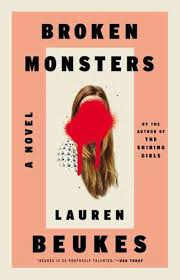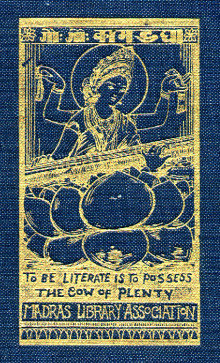
Damien Hirst, “The Physical Impossibility of Death in the Mind of Someone Living.” Tiger shark, glass, steel, 5% formaldehyde solution, 213 x 518 x 213 cm. Photo by Jeni Rodger via Flickr, CC BY-NC-SA 2.0, 5/10/2008.
Toward the end of Lauren Beukes’ Broken Monsters, the emblematic murderer, a monster and artist whose constructions entangle residue from a feral world with the body parts of purpose-killed humans, explains his art to the YouTube “journalist” who is making him famous.
“I opened them up to let the dreams out, and then I made them into the dreams they wanted. That should have been enough.”
“Everything is so physical. I wanted to get at the meaning. You can feel it can’t you? Underneath.”
“There are places that are borders. Where something was, but isn’t anymore, and other things can surface.”
“Art needs an audience… It’s like a fire. It needs to catch in the imagination if it wants to live.”
This book about monsters is set in Detroit, a border world―the hulking, miasmatic, degenerating oversoul monster. Every one of the people in this book is a monster, yet we observe each person with compassion. People who are wounded, failing, fearful, lashing out, some more than others, and a few who are working toward redemption.
Also a book about conversation, anonymity and faceless communication, art, the human gaze: meaning. What is the meaning of a young boy’s upper body, meat glued to the hind body of a fawn? What is the meaning of the image of this thing, leaked to the Internet? What is the meaning of the viciously unfeeling, narcissistically viral response? Is meaning a thing in our bodies, or are our bodies in a thing that is meaning? Can meaning be physical, a miasmatic cloud? Is our face a door, fashioned of the detritus of the city, a door that opens to let meaning in?
This book is not perfect; it concludes with a supernatural deus ex machina that is symbolically exact but clashes with the visceral realism that gives authority to the foreshadowing horror. But Broken Monsters is nonetheless powerful, evocative, and ultimately redemptive. I urge you to read it.






Add your comments